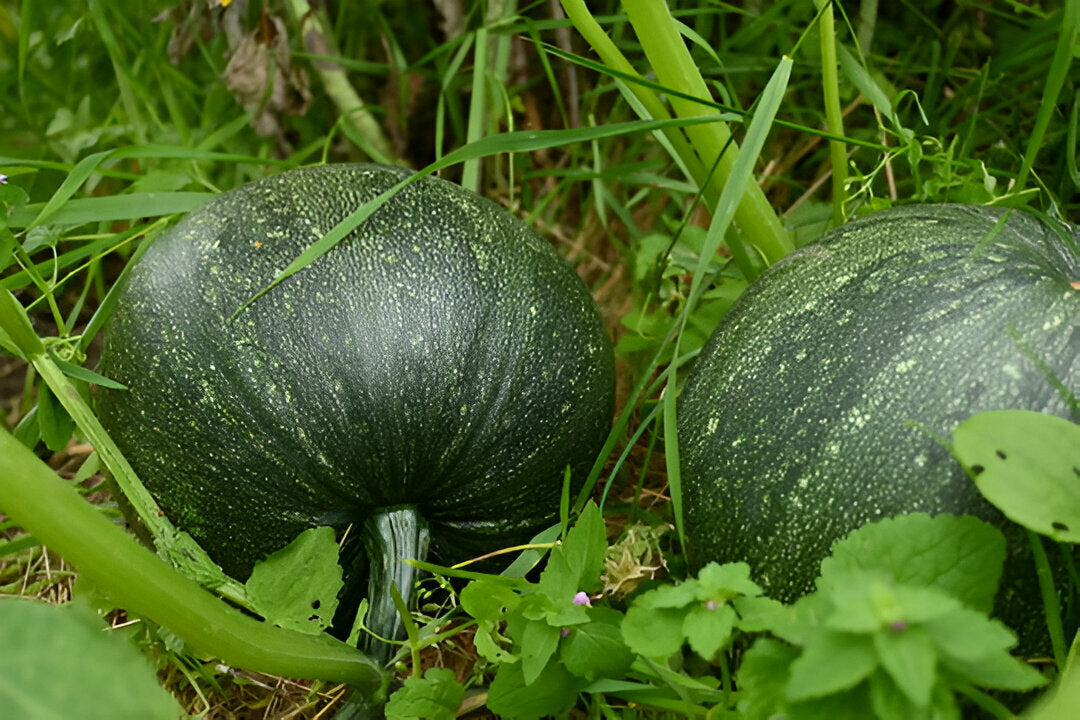
Grow Pumpkin in Pakistan: Moji Mall Guide
Share
Growing pumpkin (کدو) at home is highly rewarding if you have a sunny spot and some space for the vines to spread. Pumpkins grow fast in Pakistan’s warm climate, producing large, healthy fruits perfect for traditional dishes, desserts, and snacks. Here's an easy guide to grow pumpkins successfully at home.
| Aspect | Details |
|---|---|
| Best Sowing Time | February to April |
| Ideal Temperature | 24°C to 32°C |
| Germination Time | 7–10 days |
| Transplant Time | 2–3 weeks after sowing |
| Spacing | 3–4 feet between plants |
| Harvest Time | 90–120 days after sowing |
Step 1: Sow Seeds 🌱
When to Sow:
- Sow seeds from February to April, when the weather is warm but not extremely hot.
- Ideal soil temperature for sowing is 24°C to 32°C.
- Avoid sowing during cold or waterlogged conditions.
How to Sow: Direct sow seeds 1 inch deep in well-draining, fertile soil mixed with compost. Plant 2–3 seeds together in each spot for better germination.
Germination Tips: Seeds sprout in 7–10 days under warm, moist conditions. Keep the soil moist but not soggy.
Step 2: Transplant Seedlings 🌿
When to Transplant: If started in trays, transplant when seedlings have 2–3 true leaves, about 2–3 weeks after sowing.
How to Transplant: Space plants 3–4 feet apart in beds or large containers (minimum 18–20 inches wide) to allow vines to sprawl.
Aftercare: Water thoroughly after transplanting. Provide support like a strong trellis if you want to grow pumpkins vertically to save space.
Step 3: Care for Plants 🌞💧
Sunlight Needs: Pumpkins need 6–8 hours of full sunlight daily for healthy vines and large fruits.
Watering: Water deeply 2–3 times a week, ensuring the soil remains moist but not waterlogged. Increase watering during flowering and fruiting stages.
Feeding Schedule: Add compost at planting time. Feed with NPK 20-20-20 fertilizer every 15 days until flowering starts, then switch to NPK 5-15-45 to support fruit development.
Step 4: Protect Plants 🐛
Common Pests: Watch for aphids, squash bugs, fruit flies, and powdery mildew on leaves.
Natural Protection: Spray neem oil every 10–12 days (1 teaspoon neem oil + 1 liter water + few drops soap), especially on leaf undersides and flowers.
Common Problems:
- Powdery Mildew: White powdery spots on leaves — improve air circulation and avoid wetting leaves.
- Poor Fruit Set: Caused by poor pollination — hand-pollinate flowers if needed early in the morning.
- Yellowing Leaves: Could be nutrient deficiency — feed compost or balanced fertilizer.
Step 5: Harvest Pumpkins 🎃
When to Harvest: Pumpkins are ready 90–120 days after sowing, when fruits develop deep color and the skin feels hard. The stem attached to the fruit will also start drying.
How to Harvest: Cut pumpkins with a sharp knife, leaving a few inches of stem attached for longer storage life.
Bonus Tip: Cure pumpkins in a warm, dry place for 7–10 days after harvesting to improve flavor and shelf life.
FAQs
Can I grow pumpkins in pots?
Yes, use very large pots (at least 18–20 inches wide) and provide strong support or allow vines to trail freely.
How long does a pumpkin vine grow?
Vines can spread 10–20 feet or more depending on the variety.
Why are my pumpkins not forming fruits?
This happens if female flowers are not pollinated. Hand-pollination early in the morning often helps.
Should I prune pumpkin vines?
Yes, light pruning of side shoots can encourage the plant to focus energy on fewer, healthier fruits.
How do I store harvested pumpkins?
After curing, store pumpkins in a cool, dry place. Properly stored pumpkins can last for 2–3 months.
Growing pumpkins at home is fun and satisfying with just a little space, sun, and steady watering. With patience, you’ll soon harvest beautiful, healthy kaddu — perfect for both savory and sweet recipes.

